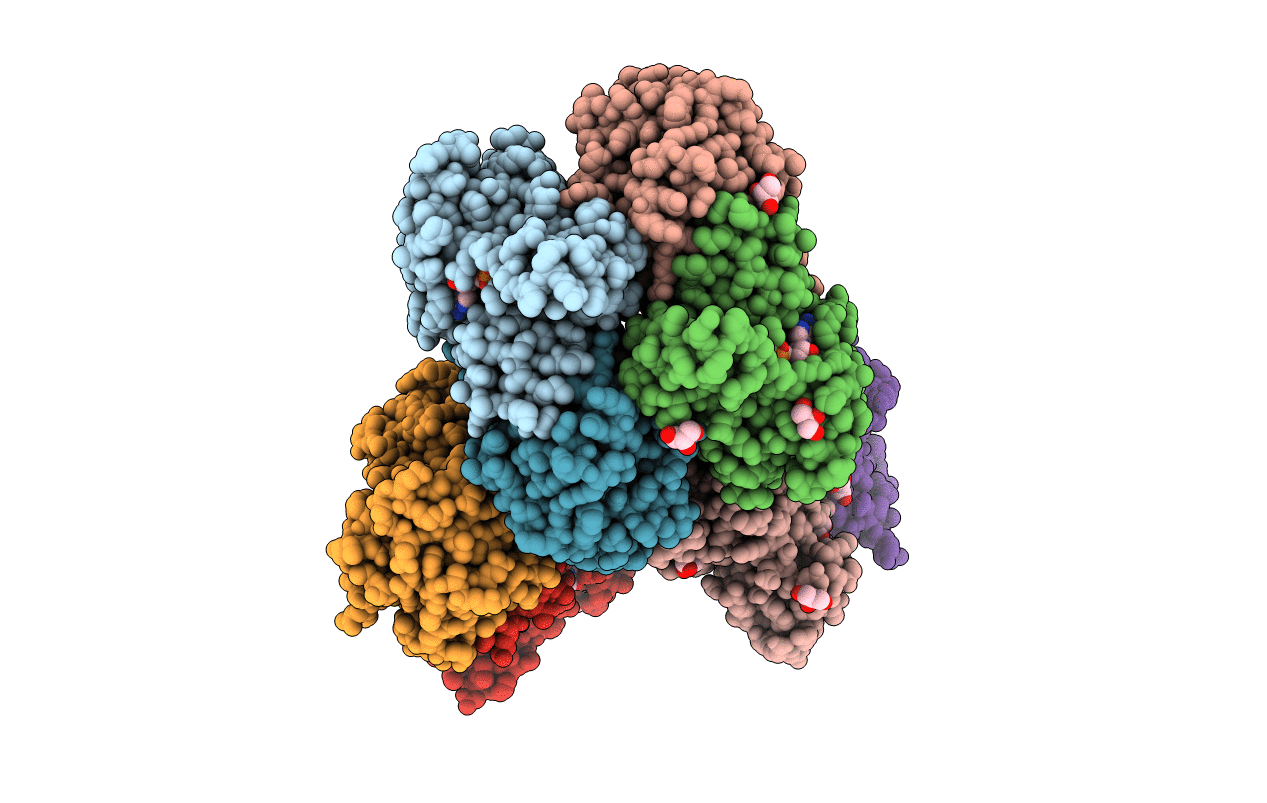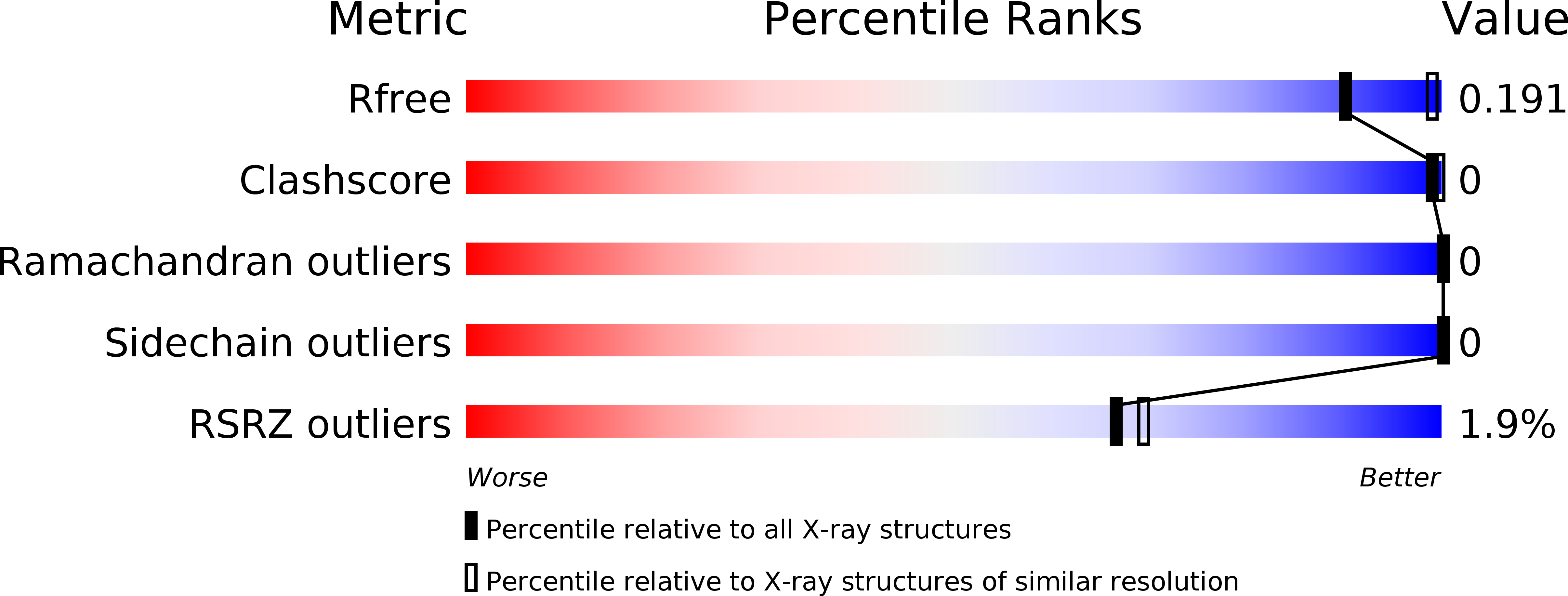
Deposition Date
2019-10-18
Release Date
2020-11-18
Last Version Date
2024-01-24
Entry Detail
PDB ID:
6T6N
Keywords:
Title:
Crystal structure of Klebsiella pneumoniae FabG2(NADH-dependent) in complex with NADH at 2.5 A resolution
Biological Source:
Source Organism:
Klebsiella pneumoniae 30684/NJST258_2 (Taxon ID: 1420013)
Host Organism:
Method Details:
Experimental Method:
Resolution:
2.50 Å
R-Value Free:
0.21
R-Value Work:
0.19
R-Value Observed:
0.19
Space Group:
F 2 2 2


